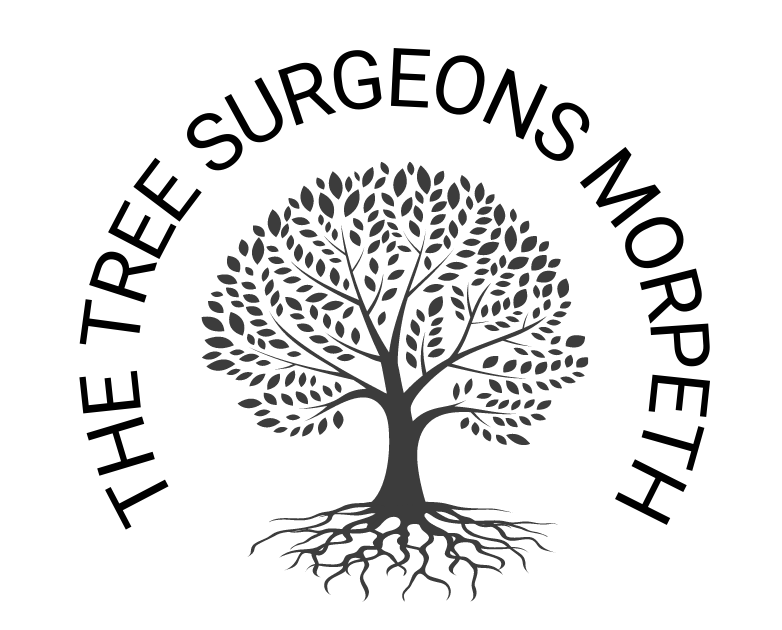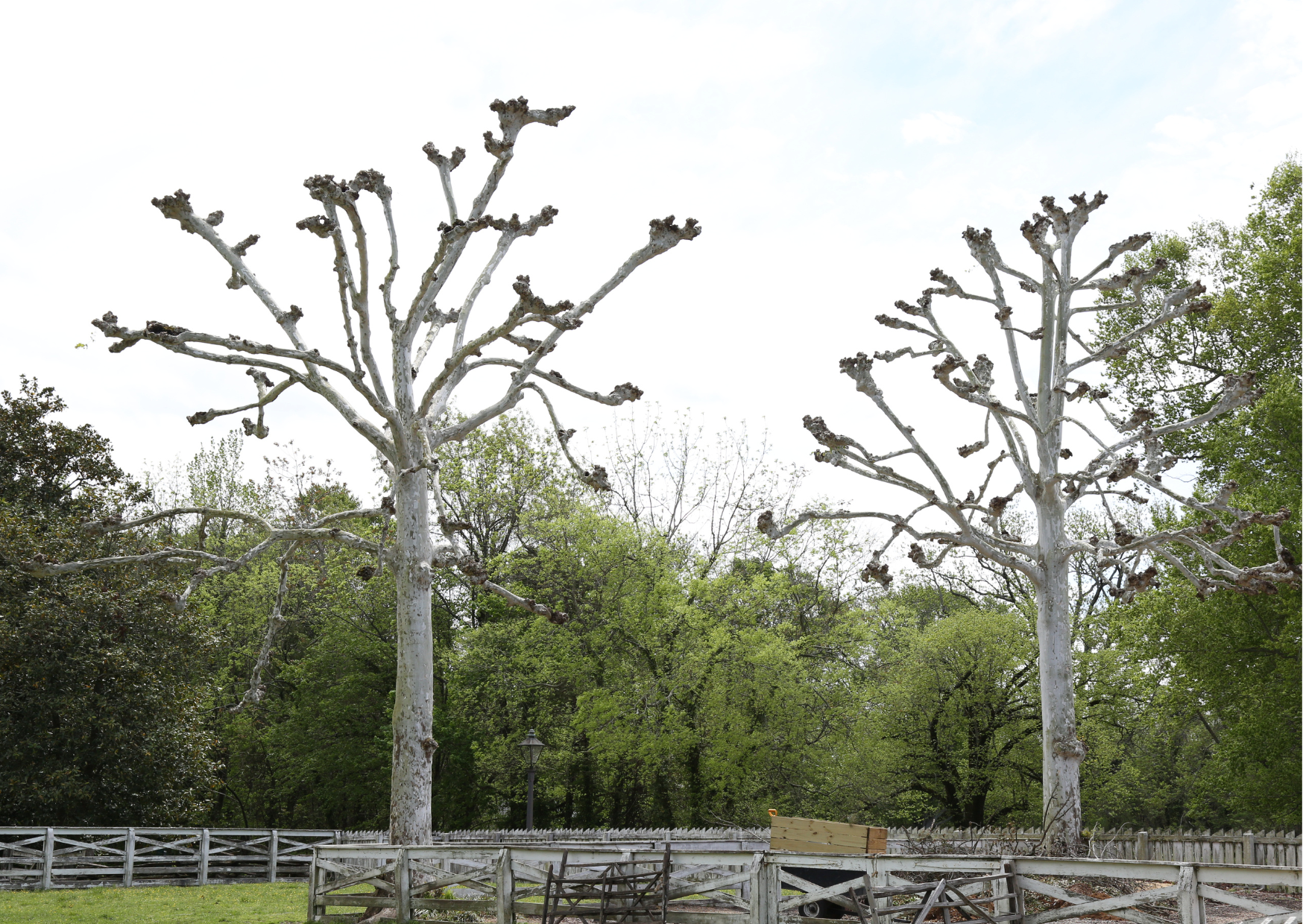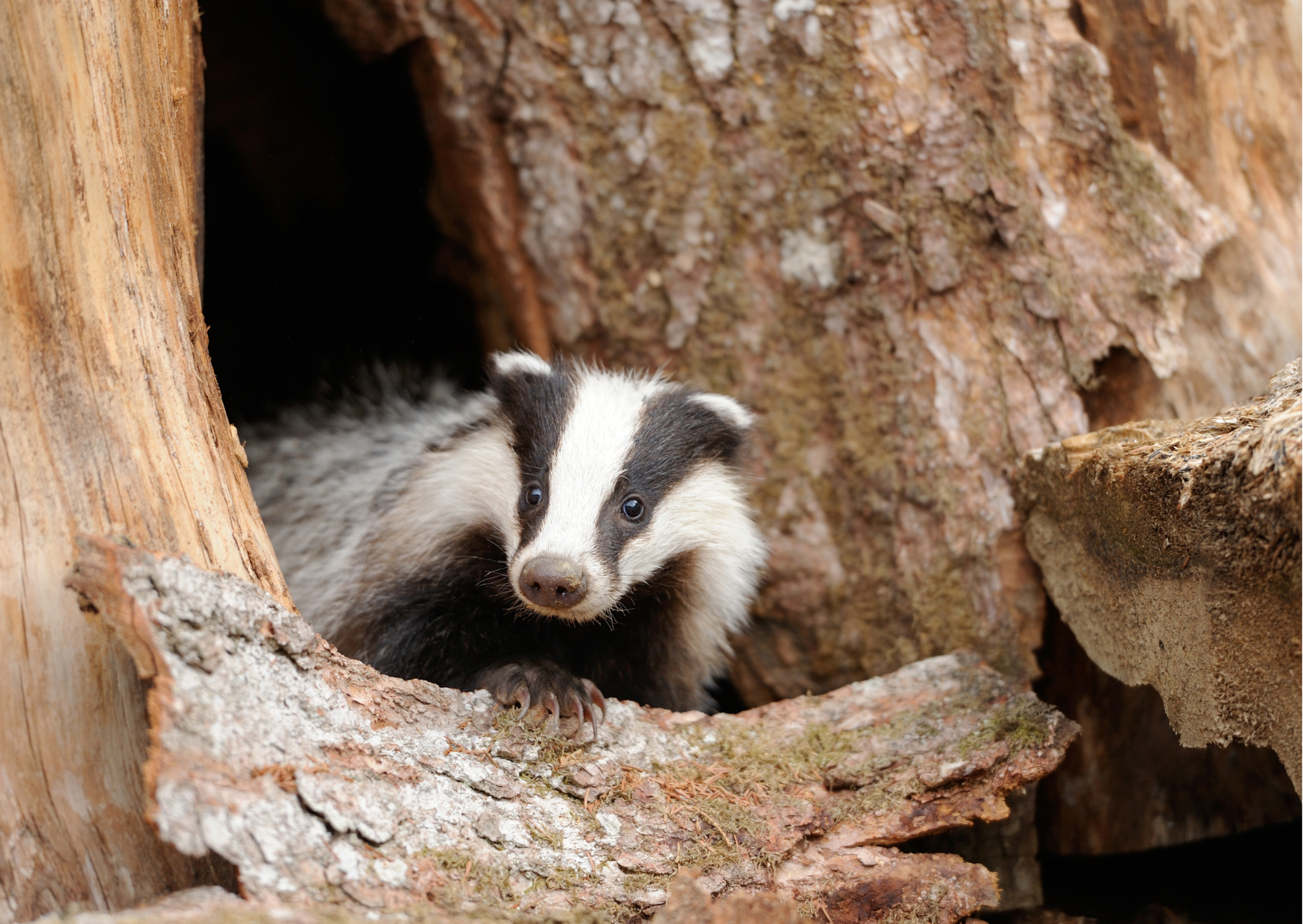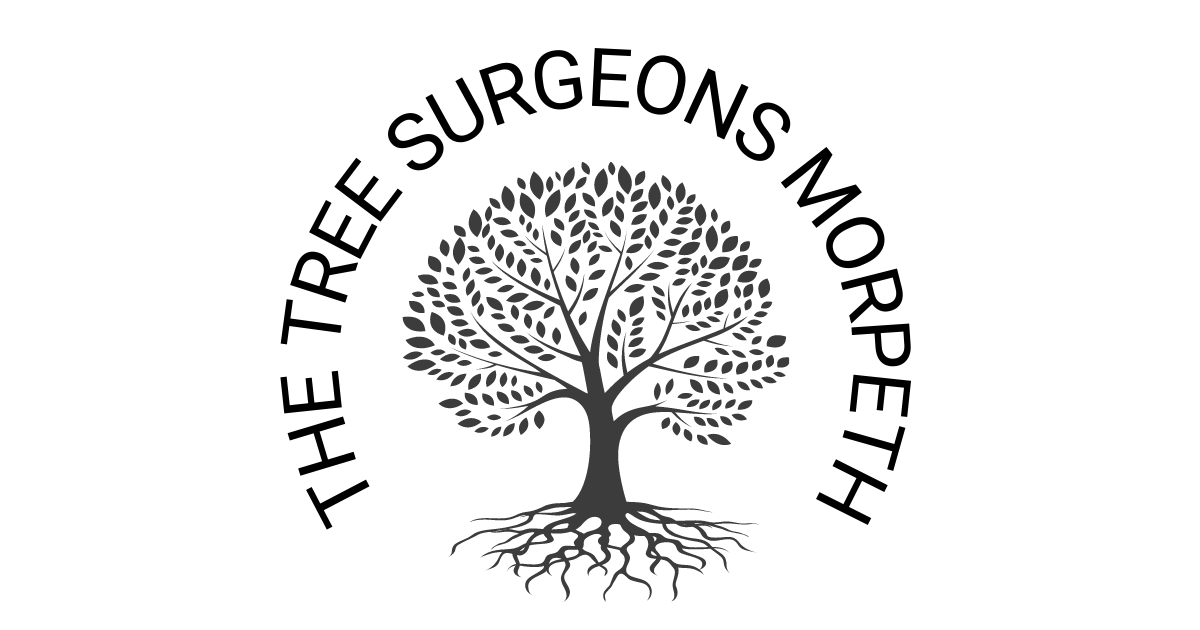Local Coppicing and Pollarding Experts
We offer professional coppicing and pollarding to clients across Morpeth and the surrounding areas of Northumberland. We have extensive experience and pride ourselves on providing high standards of customer service. When you choose us, you have the peace of mind of knowing that our hard-working, passionate and friendly staff will be on the case, and available to answer any questions or queries you may have.
As a company we are committed to sustainability and environmental protection, so we guarantee that only sustainable methods will be used to protect the local wildlife and habitats, whilst still delivering results that exceed all expectations.
We make customer satisfaction and conservation a priority, and our team would be happy to advise on and undertake any project for you.
Reasons for Coppicing and Pollarding
Coppicing & pollarding are two different methods of tree pruning that allows wood to be continually harvested from the same trees whilst maintaining their health and vitality and keeping them alive for centuries. This is so that the trees are able to produce a sustainable supply of timber for many generations and at the same time cultivate a wonderful habitat and natural state for wildlife and native plants.
The best trees for either coppicing or pollarding are deciduous trees such as oak, hazel, ash, chestnut, and willow, and not trees that “bleed” too much like maple. The concept is cutting a deciduous tree when it is in a dormant state, which causes it to send up fresh shoots in the spring. These are then harvested again when they reach the desired size which can be anywhere from four to twenty-five years.
Pollarding vs Coppicing
When it comes to pollarding vs coppicing, the techniques are similar in many ways but they each achieve slightly different goals, however both procedures involve tree pruning which results in more growth over time and shapes the tree.
Coppicing is very traditional method of woodland management where young trees are trimmed down close to the ground down to a small living stump and then allowed to regrow and develop into dense thickets of new stems. This process of coppicing can increase the lifespan of a tree for hundreds of years, and this means that it can continue providing a valuable habitat for wildlife.
Alternatively, pollarding is a method that is concentrated on the upper branches of a tree that are cut at the head in an attempt to encourage a thicker, denser head of foliage to grow. Pollarding is used to manage tree heights to keep them safe and prevent them from interfering with electrical wires.
Whatever your needs, we use modern and sustainable techniques ensuring that we get the best results possible while minimising any disruption or damage to surrounding nature.
Call us today for a free quote or contact us online to request a call back.



